In this episode, District Apostle Kolb expands on the "table" mentioned in the Thanksgiving Sunday service and discusses how the Lord will provide, even in adversity, and that prompts an attitude of thankfulness.
Links referenced in this episode:
NAC USA Thanksgiving Sunday sermon:
https://youtu.be/gq42ZfJHJg0
For Your Journey Episode 83 | Even the crumbs:
https://youtu.be/szhknP7_o98
Chief Apostle excerpt from nac.today article, "A health check-up for the soul"
https://nac.today/en/158033/871727

Episode 88
Thankfulness
November 25, 2020
More from
For Your Journey





